Sustainability Initiatives
Sustainability initiatives play a crucial role in shaping the Feather Meal Market. As environmental concerns gain traction, the demand for sustainable feed ingredients rises. Feather meal, derived from poultry processing by-products, aligns with these sustainability goals by reducing waste and promoting resource efficiency. The industry is witnessing a shift towards circular economy practices, where waste materials are repurposed into valuable products. This trend is supported by various regulatory frameworks encouraging the use of sustainable ingredients in animal feed. The Feather Meal Market stands to gain from this paradigm shift, as stakeholders increasingly prioritize eco-friendly solutions in their sourcing and production processes.
Rising Demand for Animal Feed
The Feather Meal Market experiences a notable increase in demand for high-protein animal feed. As livestock producers seek cost-effective and nutritious feed alternatives, feather meal emerges as a viable option. This trend is particularly pronounced in poultry and aquaculture sectors, where protein content is paramount. The market data indicates that feather meal contains approximately 85% protein, making it an attractive choice for feed formulations. Furthermore, The Feather Meal Market is projected to grow significantly, which could further bolster the feather meal segment. The Feather Meal Market is thus positioned to benefit from this rising demand, as producers increasingly recognize the nutritional advantages of incorporating feather meal into their feed strategies.
Expanding Applications in Pet Food
The Feather Meal Market is experiencing growth due to expanding applications in the pet food sector. As pet owners increasingly seek high-protein diets for their animals, feather meal presents a compelling option. Its rich amino acid profile aligns with the nutritional needs of pets, particularly in premium pet food formulations. Market data indicates a rising trend in the pet food industry, with consumers willing to invest in high-quality ingredients. This shift is likely to drive demand for feather meal as a protein source in pet food products. The Feather Meal Market stands to benefit from this trend, as manufacturers explore innovative ways to incorporate feather meal into their offerings, thereby enhancing product appeal and nutritional value.
Nutritional Benefits of Feather Meal
The nutritional profile of feather meal significantly influences the Feather Meal Market. Rich in essential amino acids, feather meal serves as an excellent protein source for livestock. Its high digestibility and nutrient density make it a preferred ingredient in animal feed formulations. Market data suggests that the inclusion of feather meal can enhance the overall nutritional value of feed, leading to improved growth rates and feed efficiency in livestock. As animal nutrition becomes a focal point for producers, the Feather Meal Market is likely to see increased adoption of feather meal as a key ingredient. This trend underscores the importance of nutritional benefits in driving market growth.
Technological Innovations in Processing
Technological innovations in processing methods are transforming the Feather Meal Market. Advances in rendering technology have improved the efficiency and quality of feather meal production. Enhanced processing techniques not only increase the protein content but also reduce the presence of undesirable pathogens, making feather meal safer for animal consumption. The industry is witnessing the adoption of new technologies that optimize the extraction of nutrients from feathers, thereby enhancing the overall product quality. As producers seek to meet stringent quality standards, these innovations are likely to play a pivotal role in shaping the future of the Feather Meal Market, potentially leading to increased market share and consumer acceptance.


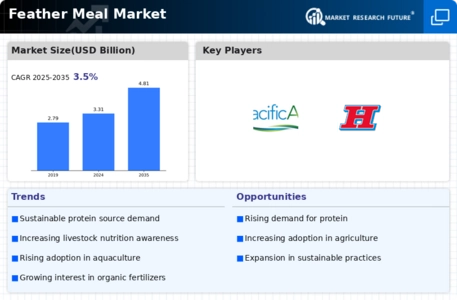
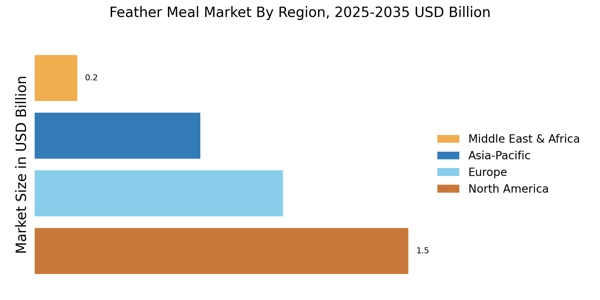

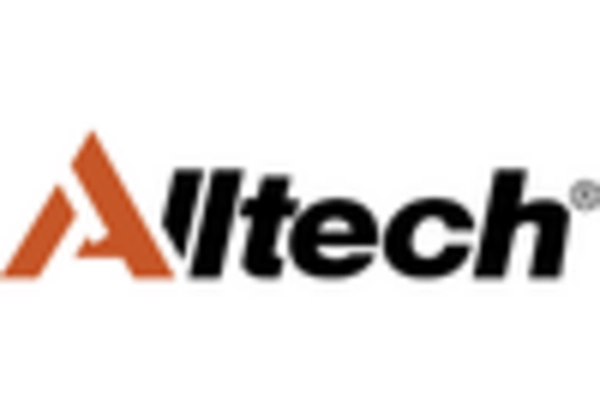
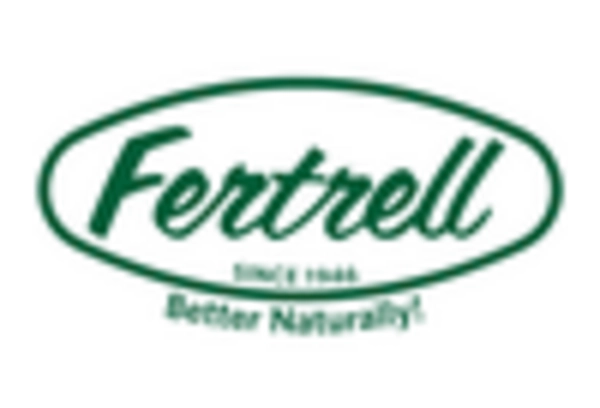
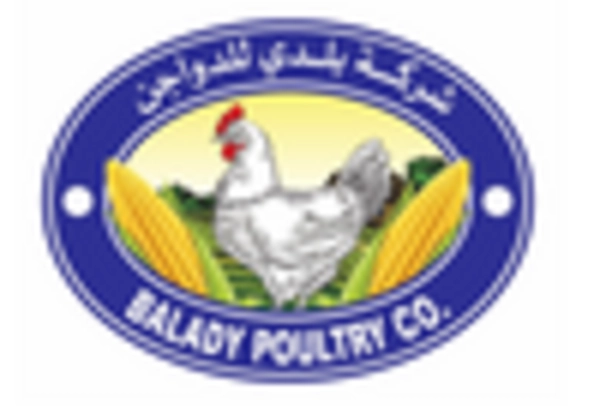










Leave a Comment